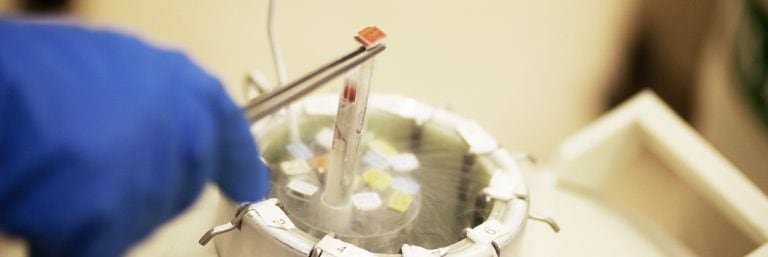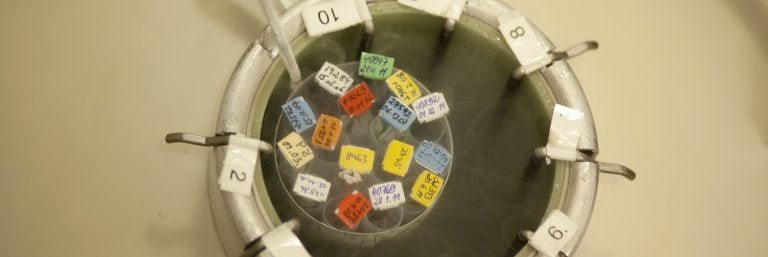slow-freezing
Slow freezing
In “slow freezing”, which is probably still the most commonly used method worldwide, the cells are cooled down step by computer-controlled step to -196 degrees Celsius after the addition of cryoprotectants, which are intended to prevent the formation of ice crystals in the cells. This makes long-term storage of the cells possible while the biological processes of the cell come to a standstill. The added cryoprotectants (anti-freeze agents) largely prevent osmotic damage to the cell, but despite the low concentration they still have a minor cytotoxic (cell-toxic) effect. In addition, they ultimately do not reliably prevent ice formation, which can damage the cell organelles.
Although this procedure is technically relatively simple and it can be done on several cells at the same time, it has about a 30% risk of loss. This means that 1/3 of these cells cannot complete the fertilisation process after thawing and cannot become an embryo.
Even the transfer of morphologically good embryos does not result in an equally high pregnancy rate (SSR) compared to the “fresh cycle”. The SSR can be up to 30% lower than in the “fresh cycle”.
Slow freezing is almost only useful for fertilised oocytes, the so-called PN stages, as they are much less sensitive than unfertilised oocytes and embryos.
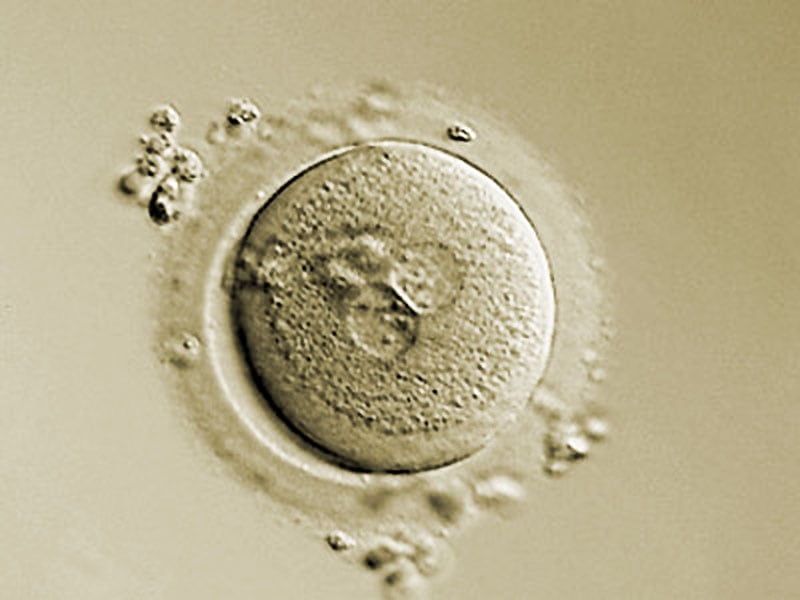
In conventional IVF (including ICSI if necessary) treatment, more oocytes are often produced and aspirated than are needed to bring about a pregnancy in the “fresh cycle”. Shortly before fertilisation is completed by the fusion of the genetic material of the egg and the sperm, the cells are in the so-called PN stage (Pro Nucleus = pronucleus). Only at this stage can the cells be frozen with little risk of loss.
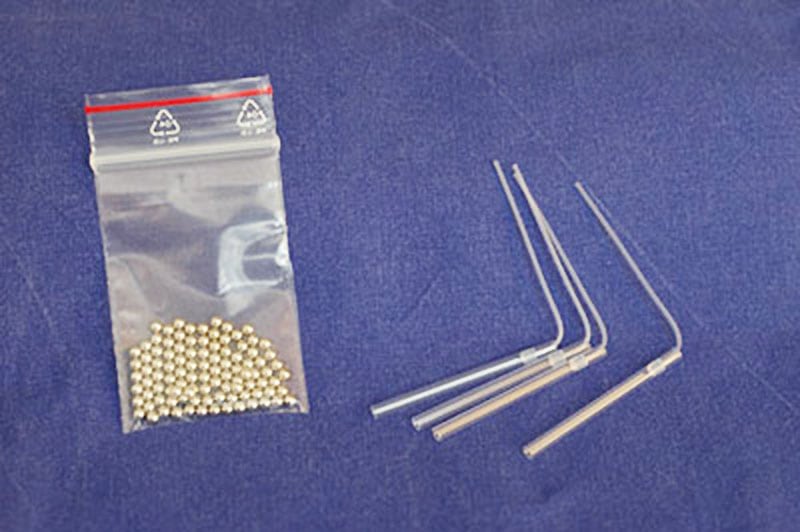
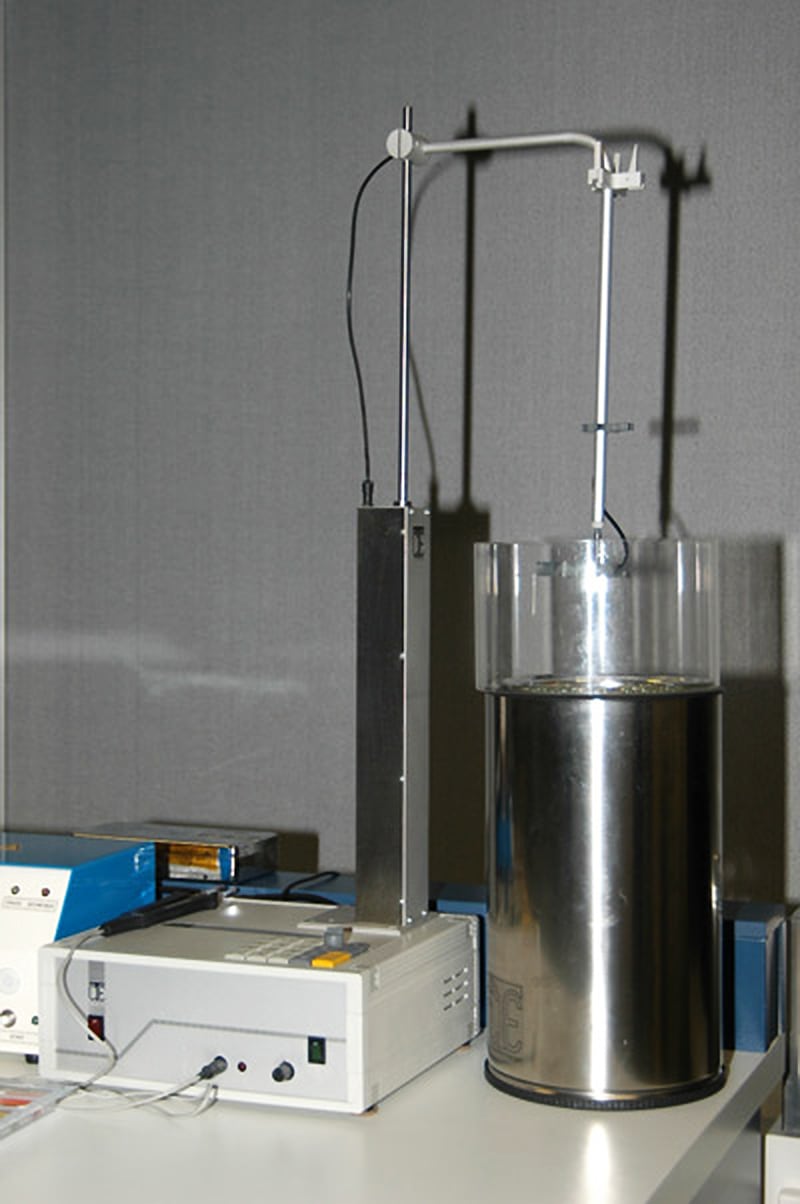
These can be thawed / cultivated into embryos and transferred in later cycles without the need for hormone treatment and repeted egg collection surgery.
If the embryo transfer has been successful in the “fresh cycle”, these cells can be used, for example, two years later for treatment for another child. They can be stored for several years without any additional loss of quality.
However, slow freezing, which is still the most common freezing method in Germany, means that it is hardly possible to freeze unfertilised oocytes (e.g. as a fertility reserve before cancer therapy, or as a “life-style” measure) with little damage. This method is also not optimal for embryos.
